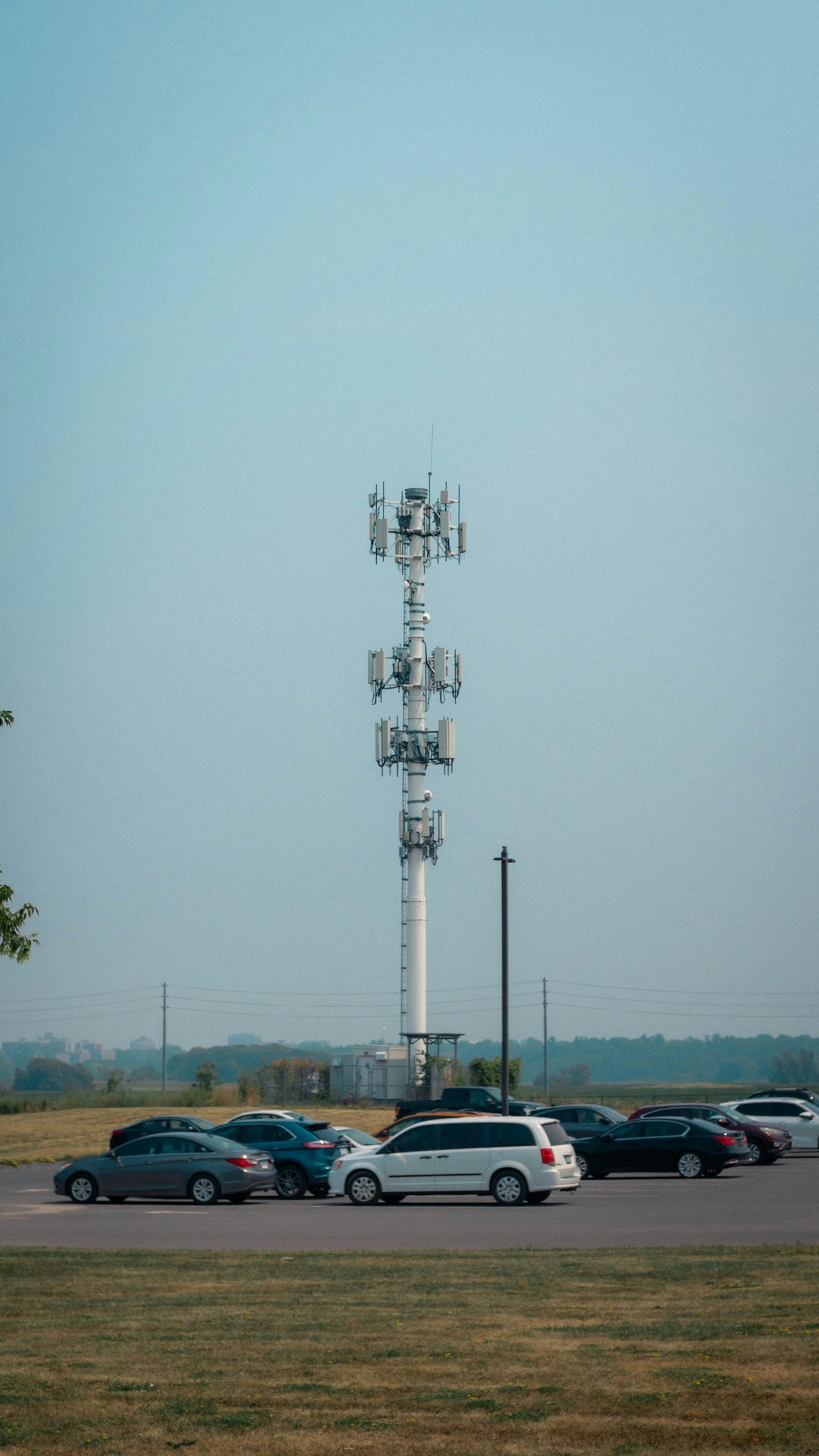Here’s the scene: You’re out grabbing a coffee, you check your phone, and you notice something new at the top. A tiny icon that says 5G E. Your heart skips a beat. “Wow,” you think, “I have 5G now!” But hold on—do you really?
The short answer? Not exactly. That 5G E icon isn’t what it seems. Let’s break it down in the easiest way possible.
What is 5G E?
5G E stands for 5G Evolution. Sounds fancy, right? But it’s actually just an upgraded version of 4G LTE. Think of it like 4G with better shoes. It’s faster than regular 4G—but it’s not true 5G.
AT&T started using this label in 2018. The goal was to show that some areas had extra LTE speed boosts. Your phone gets a little icon makeover, but you’re still skating in 4G territory.
So Why the Confusion?
This is where things get a bit murky. Many people, understandably, see “5G” and assume they’ve made it to the promised land of instant downloads and no lag. But AT&T’s 5G E isn’t built on 5G technology. It may have some improvements—but it’s like putting a new label on the same old soda.
This caused a lot of head scratching and even some backlash. Tech bloggers called it misleading. Other networks like Verizon and T-Mobile openly mocked it. People just wanted a signal that told the truth.
Let’s Compare the Tech
Here’s a quick snapshot so you can see the difference:
- 4G LTE: The standard we’ve been using for years. Fast enough for streaming and scrolling.
- 5G E: Still 4G LTE, but with a few performance upgrades like carrier aggregation and more antennas.
- Real 5G: The future. Way faster, way lower lag, and allows things like smart cities and faster downloads.
So, while 5G E is better than 4G in some ways, it’s not even close to the real deal when it comes to speed or tech.
Does It Matter?
Yes and no. If you’re using a phone that shows 5G E, you’re probably getting faster speeds than you used to. That’s nice. You can scroll social media, stream music, and maybe even YouTube in crisp quality with no lag. Not too shabby.
But if you’re hoping to play ultra-fast online games or stream 4K video from a remote field while uploading a drone video—all at the same time—you’ll need actual 5G for that.
How Can You Tell If You Have Real 5G?
Look at the icon, sure—but go a little deeper:
- If it just says 5G E → it’s fast 4G LTE.
- If your phone says 5G (without the E) or 5G+ / 5G UW → you’re in real 5G territory.
- You’ll also need a 5G-compatible phone and be in a city or town that actually has those towers.

Can You Turn Off 5G E?
Kind of. Since 5G E is just advanced 4G, you’d be turning off better service if you tried. But if you don’t like the label and you’re more about facts than fancy names, you’re not alone. Many phones now just call it LTE-A or enhanced LTE instead of 5G E. It’s the same thing with a different name.
The Bottom Line
The 5G E icon might look exciting, but it’s more like a pep rally before the real game starts. You’re still playing in the 4G stadium. Yes, it’s faster than the older 4G—but it’s not groundbreaking.
If you really want true 5G, keep an eye out for upgrades in your area. And maybe consider upgrading your phone too—if it’s time.

Until then, enjoy your boosted speeds—just don’t let the icon fool you. It’s stylish, sure. But it’s not quite the future—yet.






